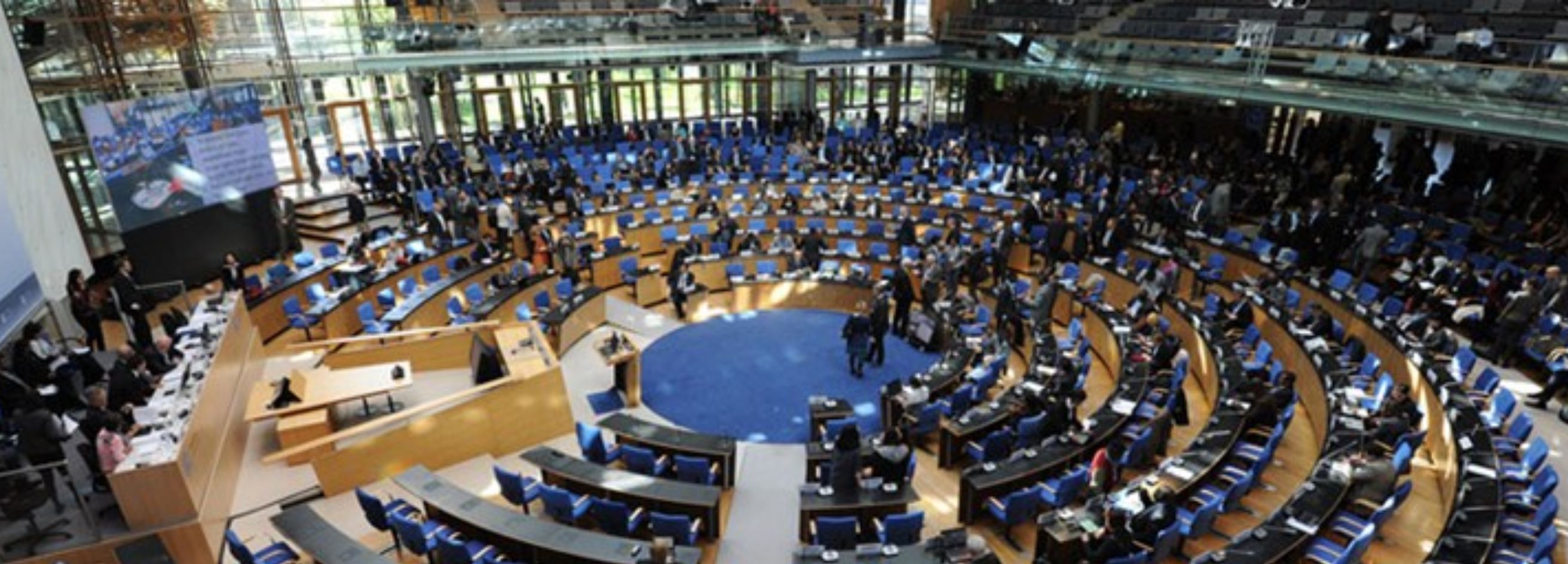That’s COP not cup. The Paris Pact COPs are all about money, not climate. Huge amounts of money. World governments are sending 15,000 negotiators to either get it (developing countries), or to protect themselves from getting badly got (developed countries). That this monumental wealth transfer is not going to happen is irrelevant at this point. No one can afford not to be at the table, just in case by some magic it does happen.
The COP is operating on the unfounded assumption that the developed countries are going to cough up at least $100 billion a year, beginning in 2020 and going on forever. This money is supposed to go to the developing countries; to pay for combating mythical human caused climate change, which the developed countries are said to have caused. The UN even has studies saying that as much as $400 billion a year will be needed so that too is considered to be on the table.
The five rivers of gold are the five revenue channels that the developing countries are trying desperately to dig, each hoping that when the gold starts flowing, it will flow to them. Collectively these channels are called simply “finance.” In their honor November 13 is Finance Day at COP 23. I am not making this up.
Here are names of the five revenue channels. These words appear throughout the COP negotiations. They normally refer to the kinds of projects that the money will pay for.
Mitigation
This is money to pay for any project the supposedly reduces or avoids the emission of carbon dioxide or other greenhouse gases. So-called renewable energy tops the list but there are many, many other candidate activities, including forestry and agriculture.
Adaptation
These projects supposedly prepare the country for some sort of climate change, especially floods, droughts and in some cases sea level rise. Of course these all occur naturally so this is a open ended concept.
Loss and damage
This is compensation for the adverse effects (of supposed climate change) that cannot be prevented by mitigation and adaptation. Any weather related damage is a potential candidate.
Capacity building
This vague term includes indirect costs like training, employment and infrastructure development.
Technology transfer
The core concept here is that patent rights will be waived for those technologies needed for the above activities. There may also be actual technology transfer, such as building new manufacturing and operating capacity (for free).
Note that while developed countries might have use for all of the above, they are not eligible for Paris Plan funding. Their job is to fund these activities in the developing countries. The developing country’s job is to take the money. Every developing country can easily spend this kind of money, and it is assumed that huge amounts will be forthcoming, so it is easy to see why there are 15,000 or so negotiators swarming the Bonn COP.
Among the major issues is which of the five rivers will get how much of the mythical money? At first it was mostly mitigation. However, the poorest countries don’t have much to mitigate so they want big bucks for adaptation. So do the supposedly most threatened, especially the small-island nations who have their own coalition.
Loss and damage is a dark horse at this point, because it terrifies the developed countries. For a long time it could not even be spoken of but it has gained a foothold, ironically named WIM (which does not stand for whim, but should). Capacity building and tech transfer are back burner but ever present.
An obvious major issue is who decides which countries get how much and this is becoming very complex. It is presently being done by various Funds and there is some money in the pipeline to play with. Most developed countries have paid some money. Obama managed to sneak half a billion (that Congress never authorized for this purpose) into the Adaptation Fund just before he left office.
It is also easy to see why US withdrawal is so disruptive. In fact it was President Obama who led the developed country parade to promise these vast sums to the developing countries. This is why President Trump’s reasons for repudiating Obama’s deal are based on economics, not just that the underlying science is wrong. The deal itself is nuts.

What lunacy. This will surely go down in history as the biggest scam ever!